After consulting with the good folks at Succulent Gardens in Castroville, I decided that I needed to experiment before buying anything major. So I spent a small portion of my budget on test materials and test plants. I started with a 12" x 12" square redwood frame designed for exactly this purpose. Then I started to put my plants in:
Next, I started filling in the corners. At the top, miscellaneous echeveria cuttings. This is what most people use for vertical gardening--and for good reason. They're bold and root quickly and look great. But I've never been one to make things easy for myself...
As you can see, I added some other things, too: many sempervivums, mostly quite small (sempervivum tectorum on the lower right), as well as some more echeverias and on the far left, in the middle, two kinds of delosperma: spalmanthoides and congestum. I should have gotten more of both, but I wanted to see how they worked before getting too many of them. I've had good luck with delosperma spalmanthoides before, but they haven't been very fast growers for me in the past. Anyone know where I can get a whole big bunch of it?
Another little experiment: a bunch of Sedum spathulifolium "Cape Blanco." These seem to be really awesome at filling in gaps, and were more fun to use than I'd expected. Some are rooted, some not so much. But they're pretty good growers, in my experience, so I'm hoping that after a couple of months, they'll all root firmly enough not to fall out when they go vertical.
Here's the final product:
This was a useful exercise in that it helped me figure out a few succs I definitely want to work with and a few I definitely don't. But I guess the key points will be (1) who survives; (2) who roots quickly enough to hold itself in?
My problem is that I should wait about two months before I try to take this vertical... But I'd like to start the rest of the project sooner than that. Any ideas about how these might work? Have any of you other succ-ers tried to use haworthias or sedums or delosperma or anything crested in your vertical gardens?
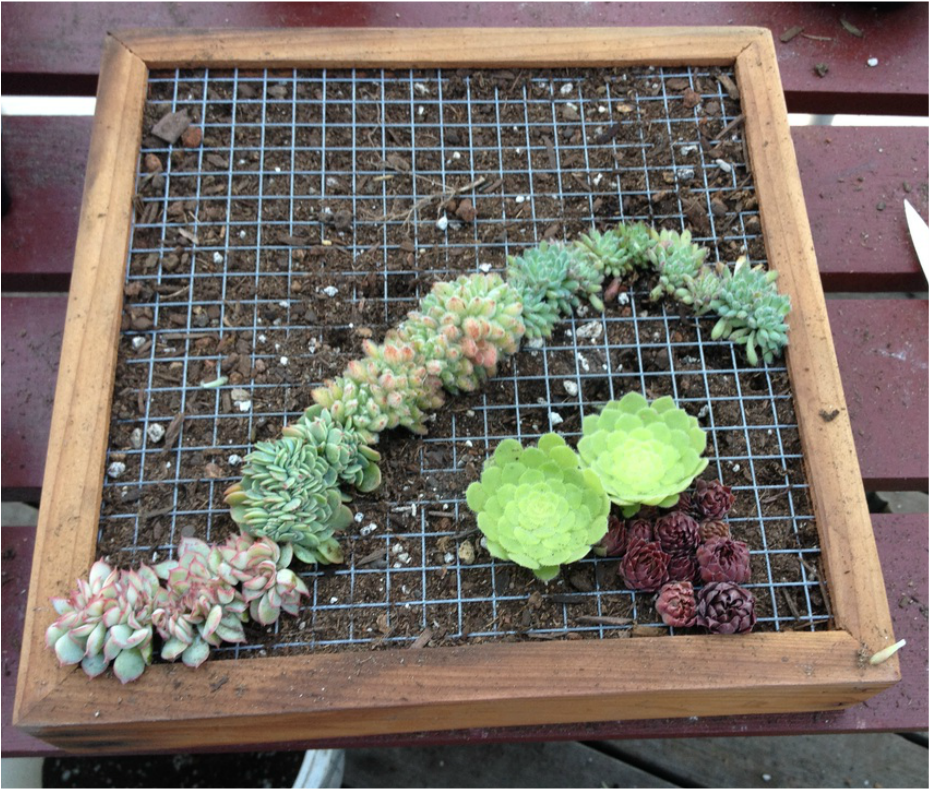

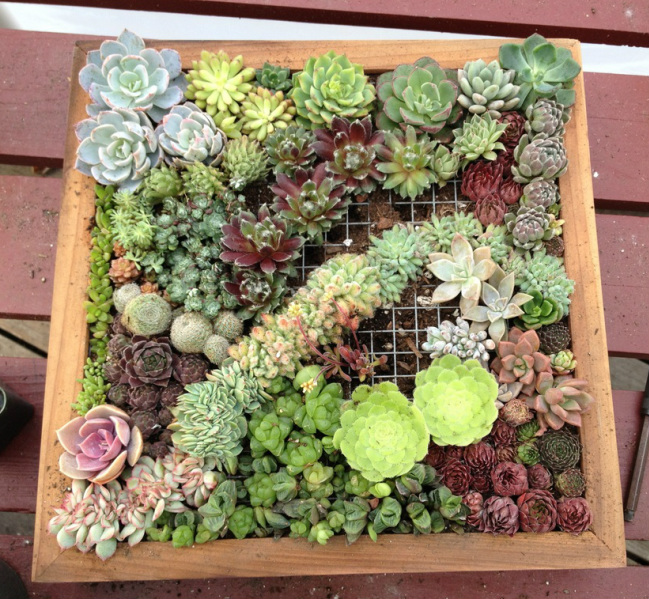
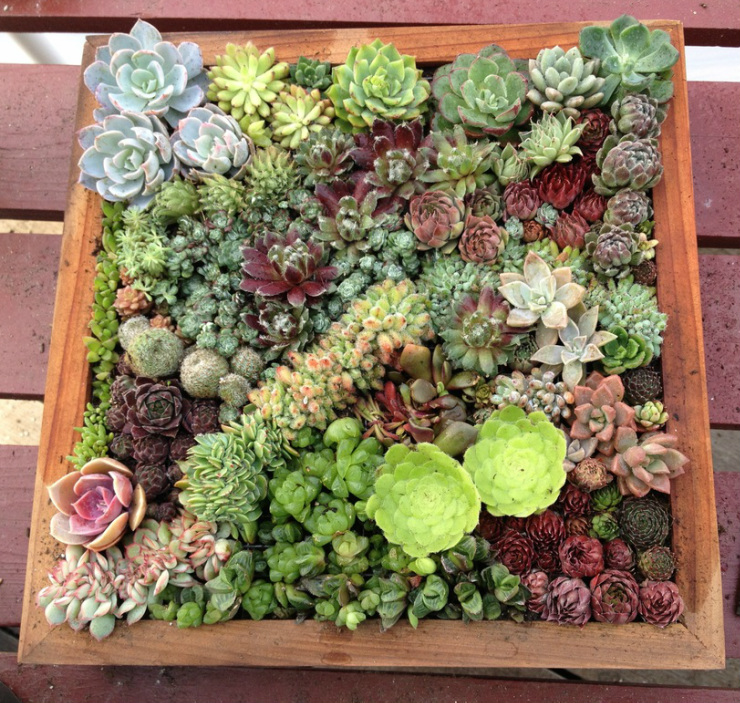
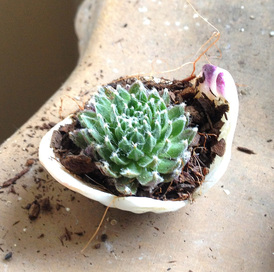
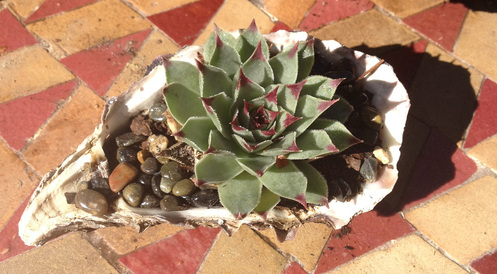
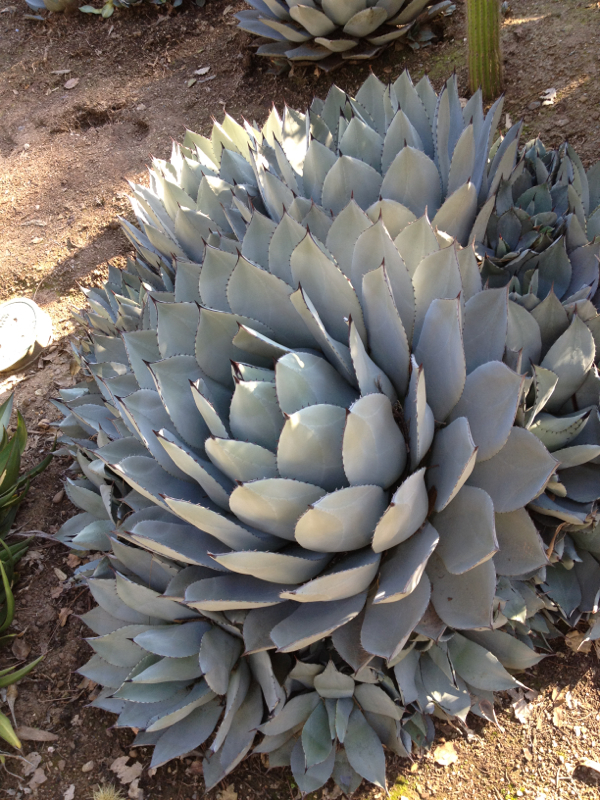
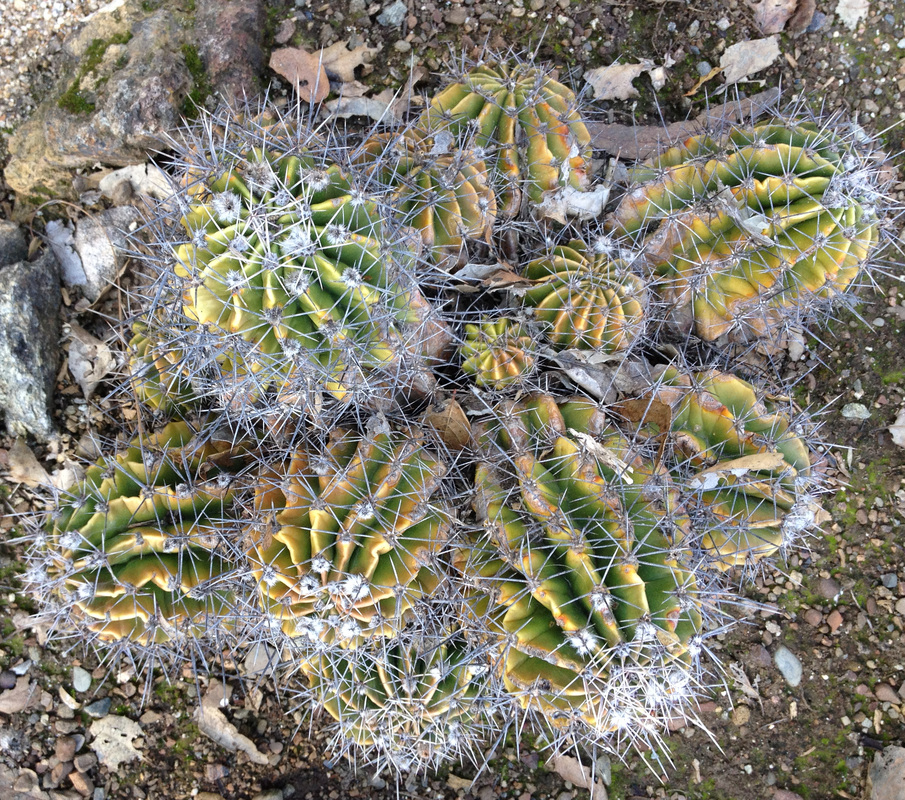

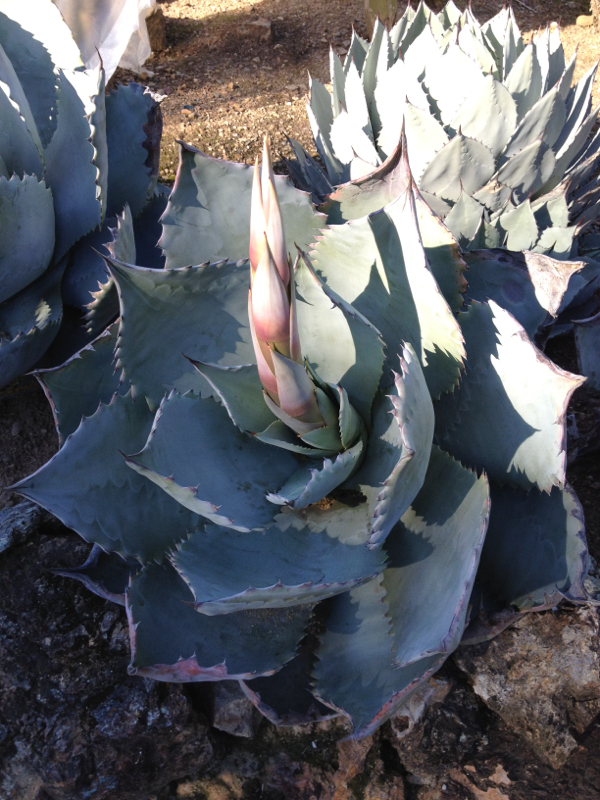
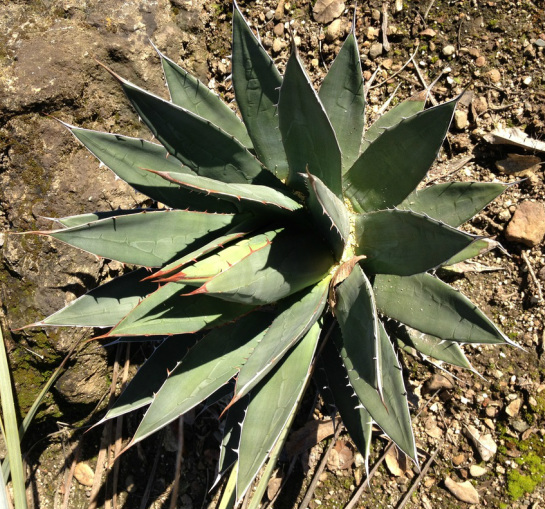


 RSS Feed
RSS Feed